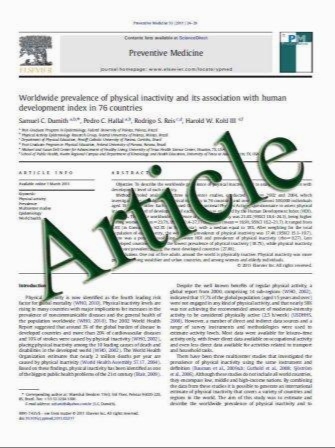Brown-Sequard syndrome revealing intradural thoracic disc herniation
- نوع فایل : کتاب
- زبان : انگلیسی
- مؤلف : S. Diabira • P.-L. Henaux • L. Riffaud • A. Hamlat • G. Brassier • X. Morandi
- چاپ و سال / کشور: 2010
Description
Brown-Sequard syndrome (BSS) is a rare form of severe myelopathy characterised by a clinical picture reflecting hemisection of the spinal cord. This syndrome is mostly due to a penetrating injury to the spine but many other non-traumatic causes have been described. Intradural thoracic disc herniation (TDH) is one of the rare aetiologies of this syndrome. Despite progress in imaging techniques, diagnosis and treatment remain difficult. We retrospectively reviewed one of the largest reported series of six patients with BSS revealing intradural TDH between 2003 and 2007. There was a marked female predominance and the mean age was 44 years. Before surgery, half of the patients had a severe neurological deficit. The mean duration of symptoms until surgery was 8.5 months (range 0.5–24 months). Spine magnetic resonance imaging (MRI) or spine computer tomography scan showed calcified TDH between T5–T6 and T9–T10. The intradural location of the thoracic herniation was strongly suspected from the clinical data. All the patients underwent posterolateral transpedicular surgery with an operative microscope to open the dura mater. The intradural location of the herniation was overlooked in one case and the patient underwent a second procedure. The dura mater was carefully closed. Two patients’ condition worsened immediately after the surgery before slowly improving. All the other patients improved their neurological status immediately after the surgery and at 12 months follow-up. BSS with TDH on the spine MRI scan may be a warning symptom of the intradural location of the herniated disc. In such cases, spine surgeons are advised to use an operative magnification and to open the dura mater to avoid missing this potentially curable cause of severe myelopathy.
Eur Spine J (2011) 20:65–70 DOI 10.1007/s00586-010-1498-3 Received: 3 March 2010 / Revised: 11 May 2010 / Accepted: 11 June 2010 / Published online: 30 June 2010


